Introduction
A photodiode (PD) is known as a general optical device made of silicon, but as the sensitivity increases, avalanche photodiodes (APD) and single-photon avalanche diodes (SPAD) come out. Multi-array SPAD is progressing, and it is called SiPM, and in recent years, it has been adopted as a medical device and LiDAR sensor.
This article explains what kind of device a SPAD is.
Features of PD, APD, and SPAD
The basic structure of PD, APD, and SPAD consists of a PN junction, and the device name changes depending on the reverse bias condition to operate.
Figure 1 shows the operating region under reverse bias for each device. Both X and Y axes are linear. As can be seen from the figure, PDs and APDs are devices that operate in the linear region. A SPAD operates in a nonlinear region, which we call the Geiger mode. This Geiger mode operation is characterized by high speed and ultra-high gain.
Photocurrent generation model
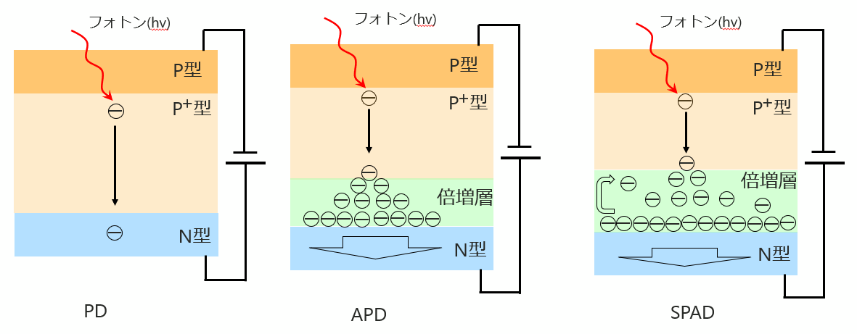
figure 2 I will briefly explain the photo-generated current in .
in PD 1 against photons 1 Only electrons are produced. APD is VBD Since it operates in the vicinity of 1 Photons generate avalanche currents. however, 100 A few electrons are generated. SPAD is VBD Since it is operated with the above bias, the electrons with large kinetic energy generate more avalanche current. Multiple avalanche currents occur and 100 Reach 10,000 electrons.
APD operation in normal mode, SPAD Assuming that the operation of is Geiger mode, the bias and gain are expressed by the following relational expression.
Normal mode: VR < VBR Amplification < 100
*The gain is proportional to the number of input photons.
Geiger mode: VR>VBR Amplification ≒ 100 Ten thousand
*surely 1 the photon is 100 A feature of the Geiger mode is that the electrons that are amplified 10,000 times are not affected by the next input photon until they are ejected.
SPAD (SiPM) as ToF sensor
If it were simply a high-sensitivity PD device, it would not attract attention, but one of its features is that it can be used as a ToF sensor simply by incorporating a resistor. Here, I will briefly explain the operation of the ToF sensor.
Figure 3 is an equivalent circuit diagram of a single SPAD. The internal resistance in the equivalent circuit is called a quench resistance, which acts as a discharge resistance. Figure 4 shows the discharge cycle in Geiger mode with a quench resistor. This cycle is repeated each time a photon is incident.
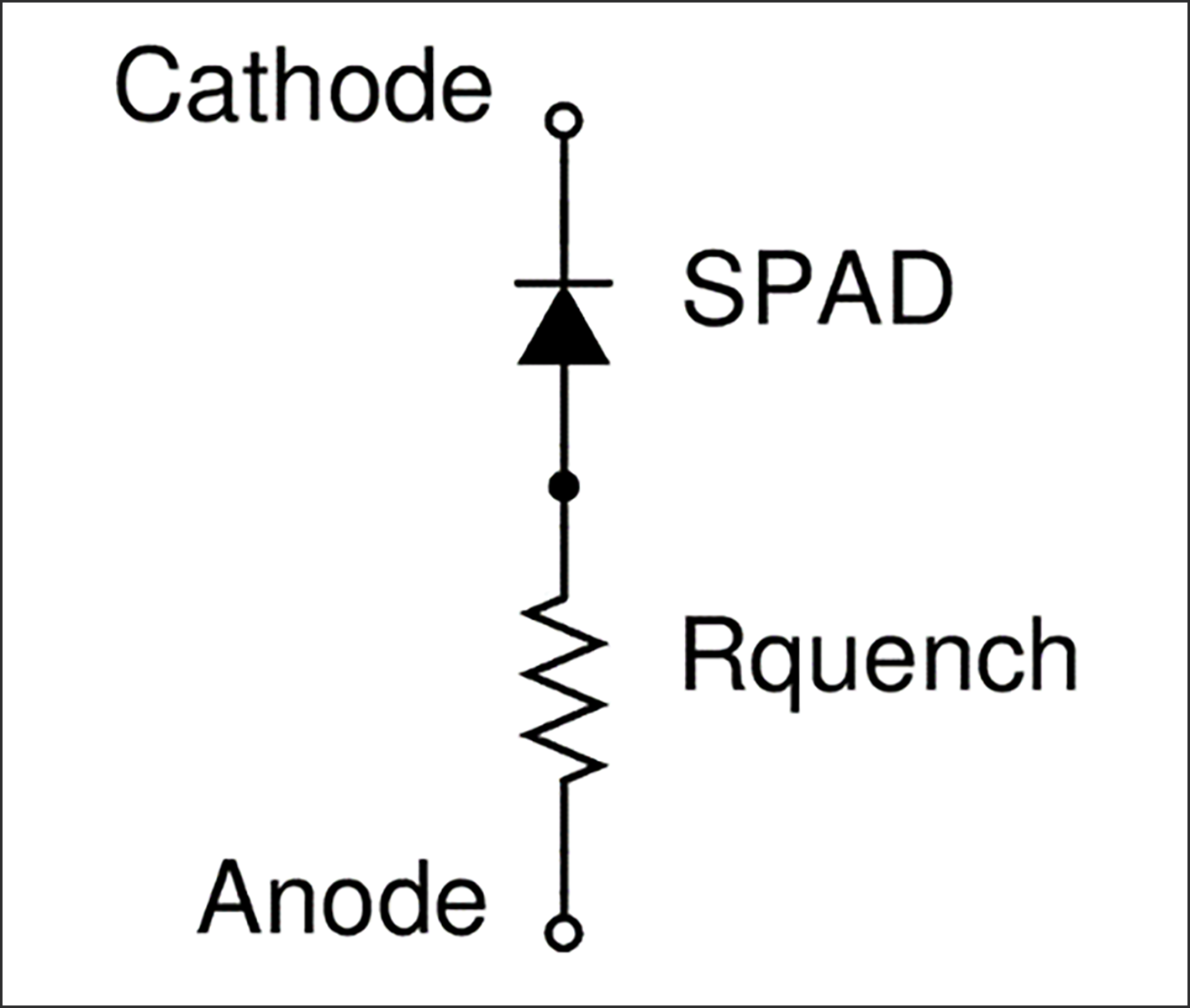
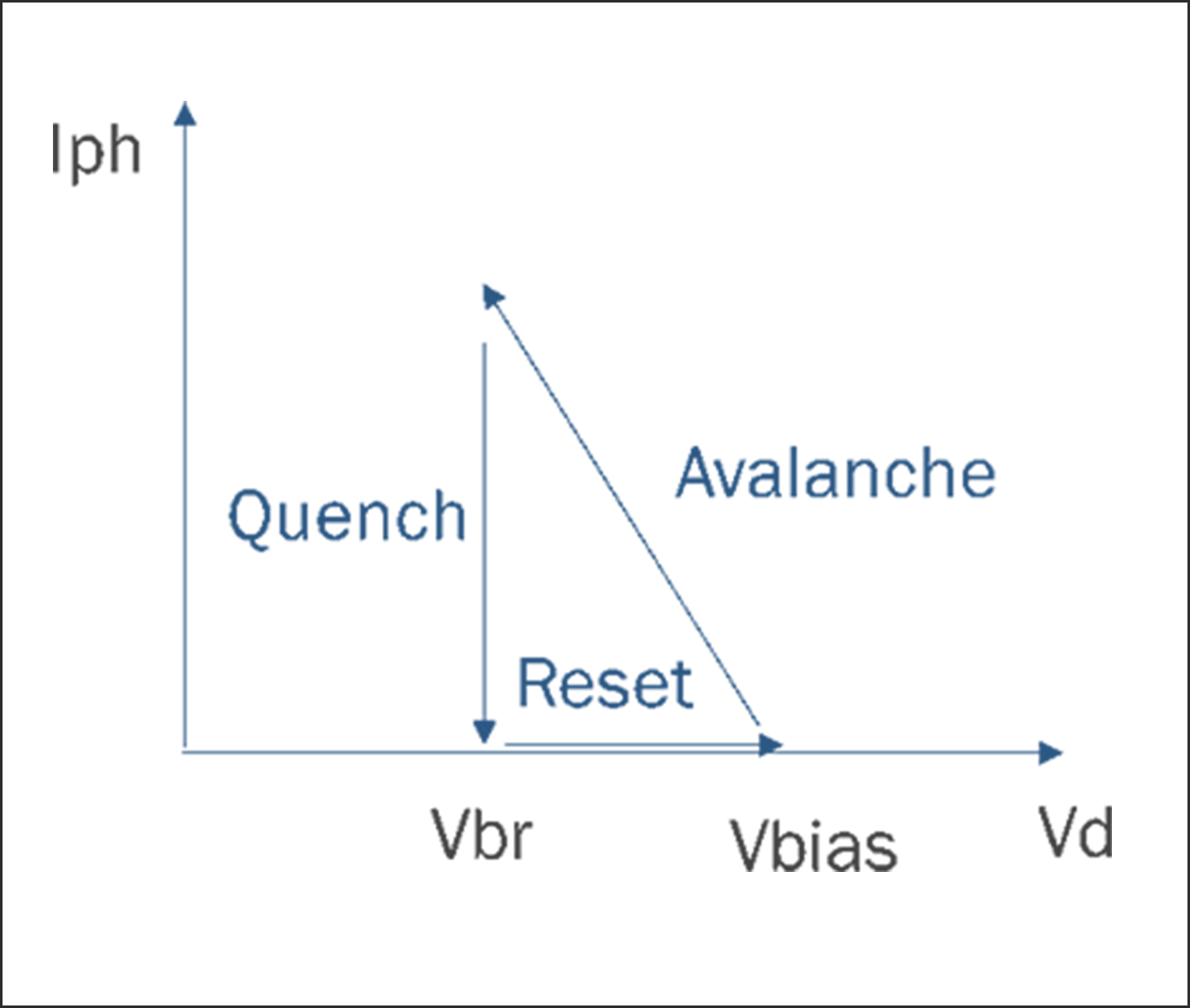
Now, photons take time to come in, so if the discharge current in Fig. 4 is output as a voltage by an IV conversion amplifier, it will be as shown in Fig. 5. The vertical axis is voltage. The horizontal axis represents the time it takes for photons emitted from the light source to be input by reflection. At this point, the distance to the object is still unknown.
If the actual distance measurement is assumed to be the rise time t1 of the emitted pulse and the rise time t2 of the reflected wave pulse, the distance to the object = (t2-t1)* speed of light /2. For example, if (t2-t1) is 2ns, the distance to the object will be 30cm.
Up until now, we have been talking about a single sensor, but what can be measured if the sensor is arrayed or SiPM is used?
As an example, let's say 9 sensors are arrayed as shown in Figure 6. And each cell has an output terminal. Also, the light source is a single pulse light source. If (t2-t1) is the same for all cells, we can judge that the object is flat. If the (t2-t1) of each cell is different, mapping the respective distances gives the 3D (curved or uneven) information of the object.
As some of you may have noticed, you can see that the arrayed sensor works as a dToF sensor. By increasing the array (number of pixels) of this sensor and increasing the number of times the light source pulse is emitted (scan), a more detailed 3D image can be constructed, and the object can be a person, an animal, or something else. You will be able to determine whether it is a building of
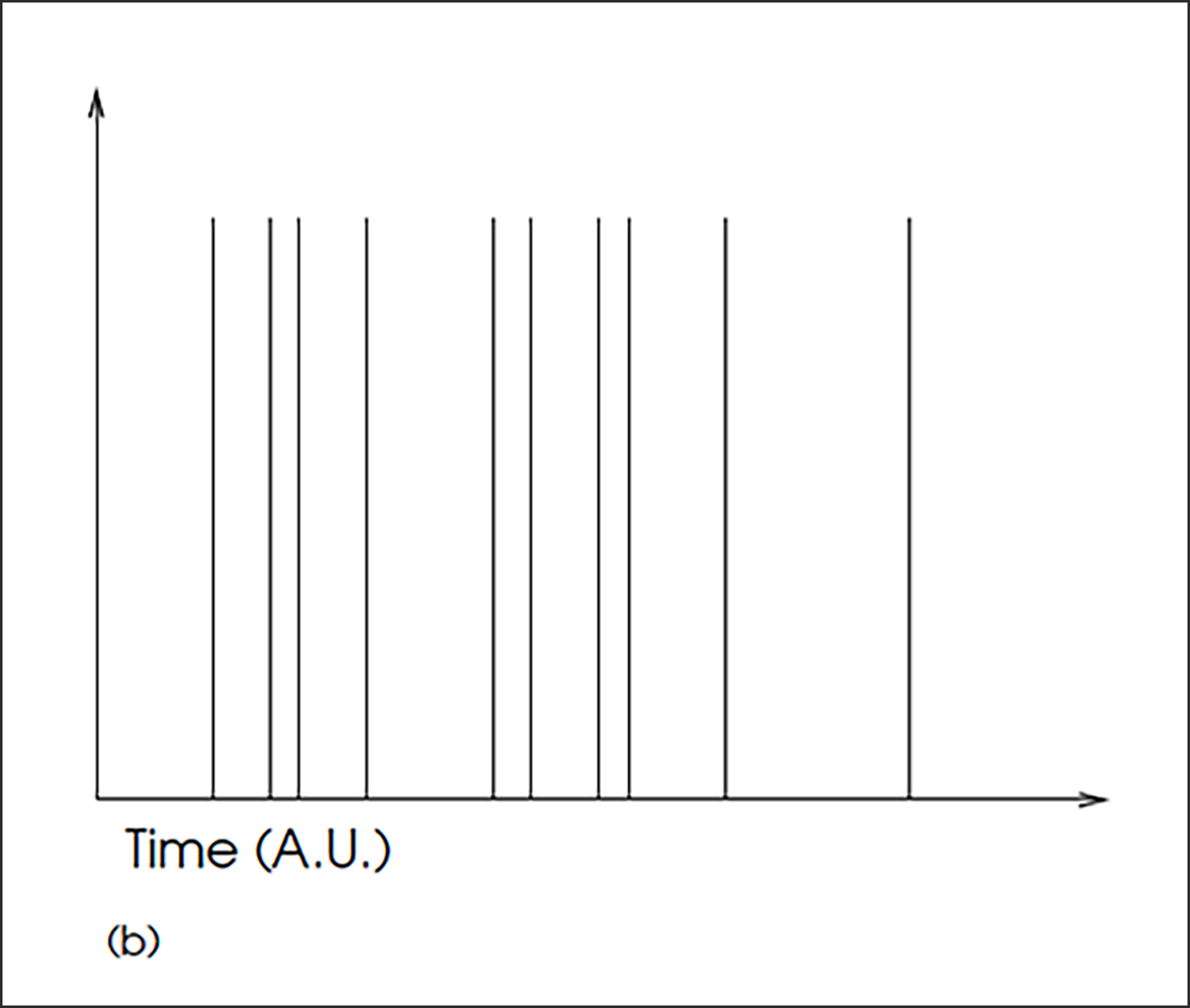
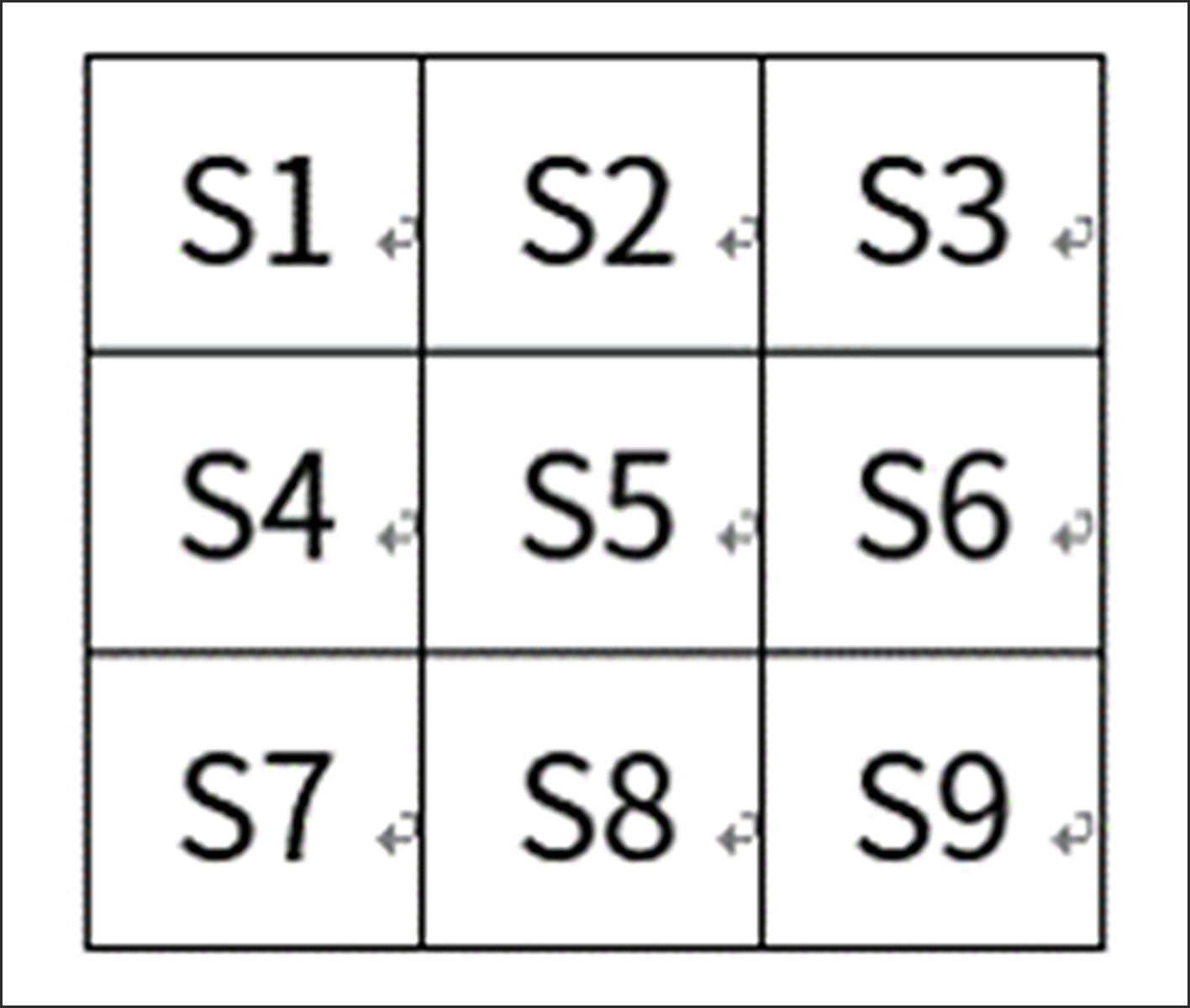
For a list of ONSEMI SiPMs, please check the product page on the ONSEMI website.
If you are considering purchasing the ONSEMI LiDAR evaluation kit, please check the ONSEMI website here.
Inquiry
If you are interested in the contents and products introduced this time, please contact us.
Onsemi Manufacturer information Top
If you want to go back to ONSEMI Manufacturer Information Top, please click below.
